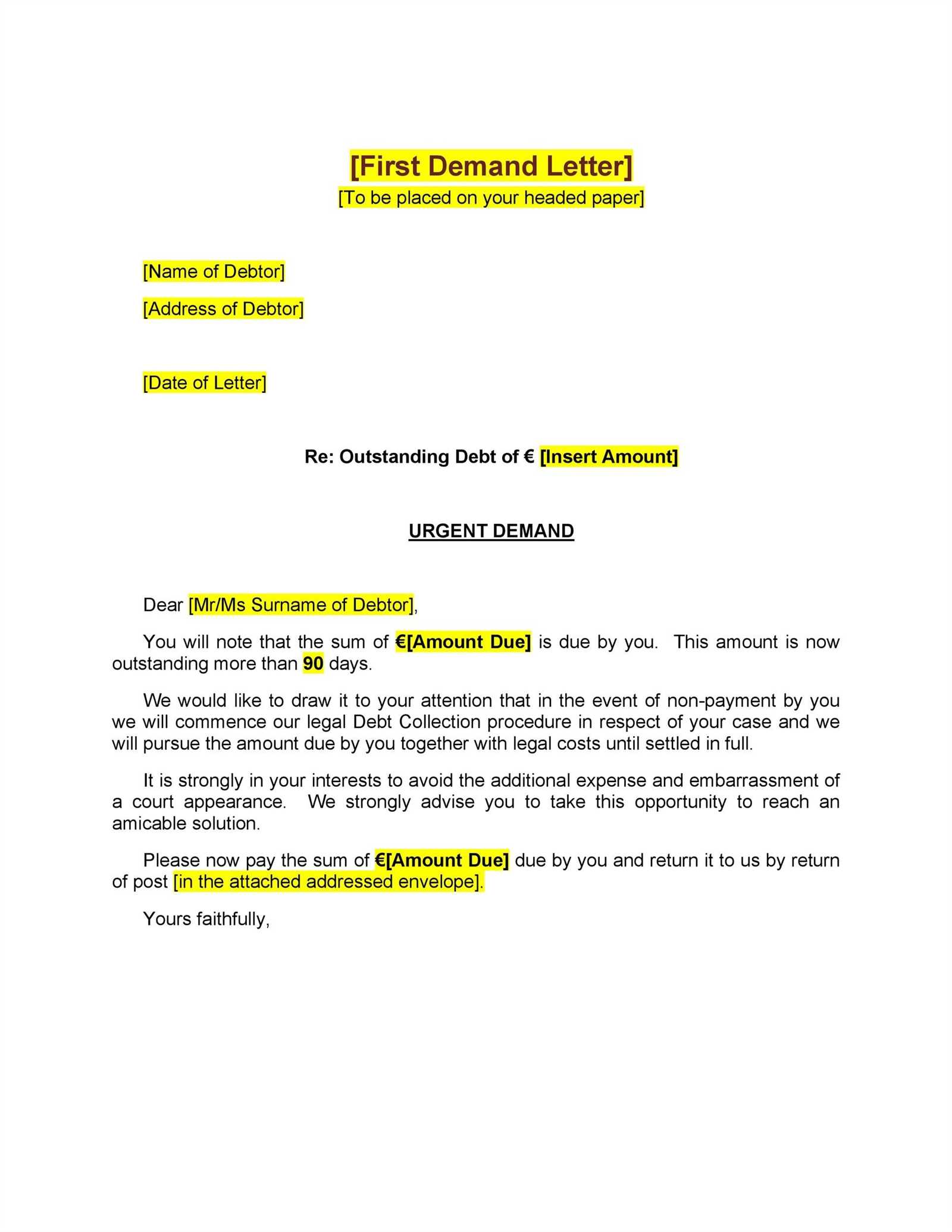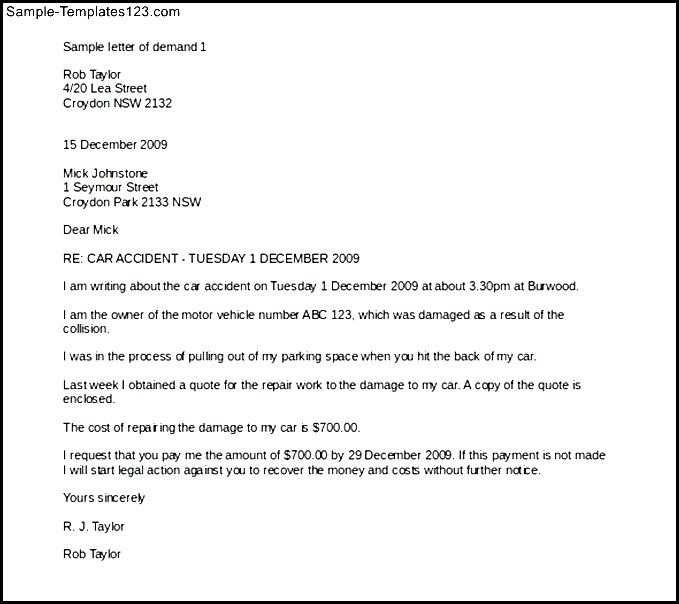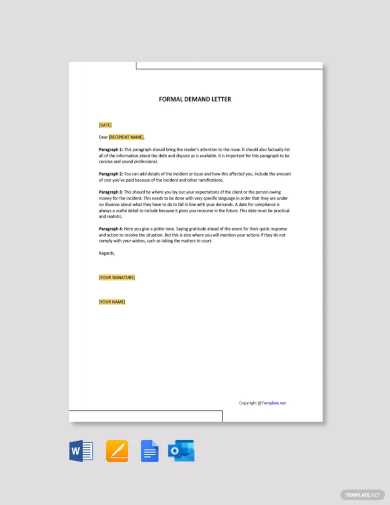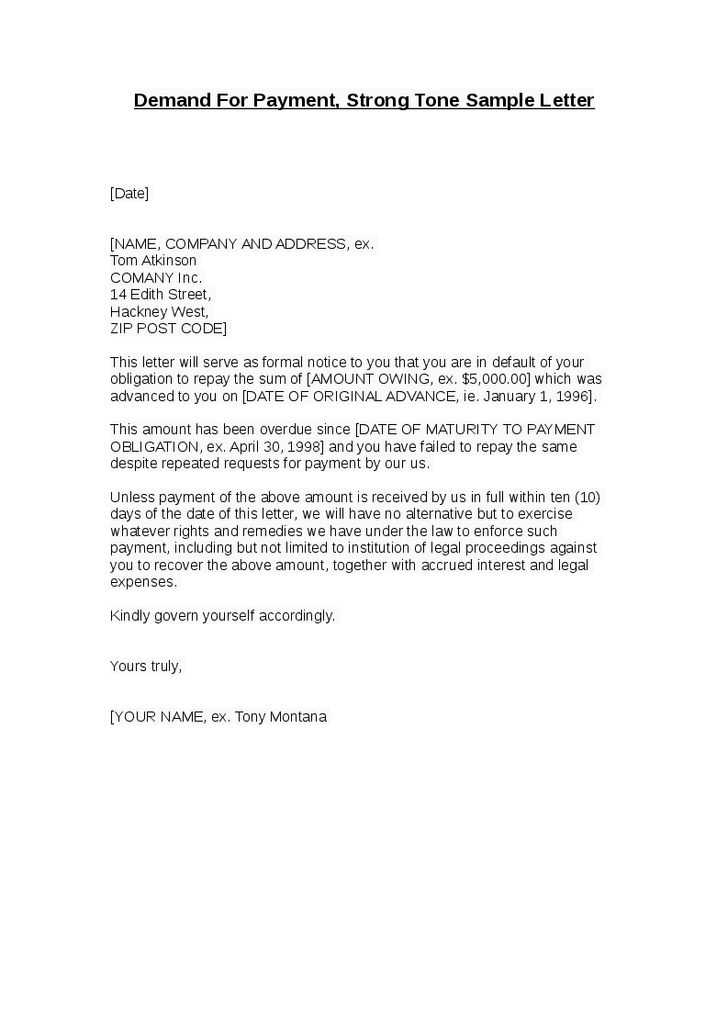Demand Letter Template for Robocalls

Receiving persistent unsolicited calls can be both frustrating and disruptive. It’s important to know how to address these calls in a way that communicates your intentions clearly and effectively. By sending a well-crafted formal request, you can assert your rights and seek a resolution to halt these disturbances.
Essential Components of a Formal Request

When creating a formal communication to address unwanted calls, it’s crucial to include specific details. These might include the dates and times of the calls, the identity of the party involved, and the nature of the communication. Ensure the tone is firm yet polite to express your dissatisfaction while maintaining professionalism.
Key Points to Include
- Clear Identification: Include your contact details and any relevant identifiers to help the recipient address the issue properly.
- Describe the Issue: Mention the type of calls received, including how frequently they occur and the impact they’ve had.
- Request Action: Specify what outcome you seek, whether it’s an immediate stop to the calls or compensation for the disruption.
- Legal Reference: If applicable, refer to any legal protections or regulations that support your case.
Steps to Take Before Sending Your Communication
Before finalizing your message, ensure you have all the necessary information. This will make your request more effective and harder to ignore. Take the time to gather evidence, such as phone records or screenshots, to support your case.
Preparing Your Evidence
- Gather call logs and timestamps of the unsolicited communications.
- Document any previous interactions with the party involved, including complaints or responses received.
- Review any relevant laws or regulations that protect against such calls.
Review and Personalize

Tailor your message to reflect the specific details of your situation. A personal touch can help ensure the recipient takes your complaint seriously, increasing the chances of a favorable outcome.
What to Do After Sending the Communication
Once you’ve sent your formal request, monitor for a response. If the issue persists, consider escalating your efforts, either by reaching out to higher authorities or pursuing legal action if necessary.
Next Steps
- Follow Up: If you don’t receive a timely response, consider sending a polite follow-up message or contacting the relevant department.
- Seek External Help: If your communication yields no results, consider reporting the issue to a regulatory body.
- Legal Action: In extreme cases, taking legal action might be necessary to ensure the cessation of unwanted calls.
Addressing Unwanted Automated Calls and Their Effects
Unsolicited automated communications can be a major source of disruption, affecting both personal time and peace of mind. It is crucial to understand how to handle such interruptions and take appropriate steps to prevent further disturbances. Crafting a formal response to address the issue can be an effective method for expressing dissatisfaction and requesting a resolution.
The Importance of Taking Action

Taking proactive steps to resolve the issue is essential to prevent further inconvenience. A well-structured approach not only conveys the seriousness of your complaint but also emphasizes your desire for resolution. By outlining clear expectations, you ensure the recipient understands the severity of the situation and the actions needed to remedy it.
Key Elements to Include in the Communication
When addressing this issue, your message should be concise yet detailed. Include relevant information such as dates, times, and descriptions of the disruptive calls. Provide clear instructions on what you expect the recipient to do, whether it’s stopping the calls or compensating for the inconvenience caused. Personalize the content to ensure it resonates with the recipient and presents your case effectively.
Before sending your formal request, it’s important to gather all necessary details to support your complaint. This may involve reviewing any past communications and documenting specific instances of disturbance. Once the details are in place, ensure your message is tailored to the situation at hand for maximum impact.
After sending your communication, monitor for a response. If no satisfactory action is taken, consider escalating the matter through additional follow-ups or seeking assistance from external authorities. By staying proactive, you increase the chances of achieving the outcome you desire.